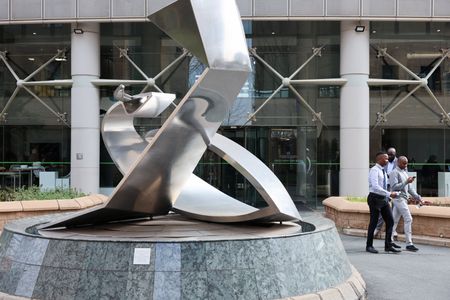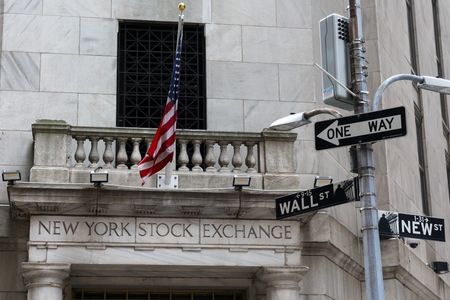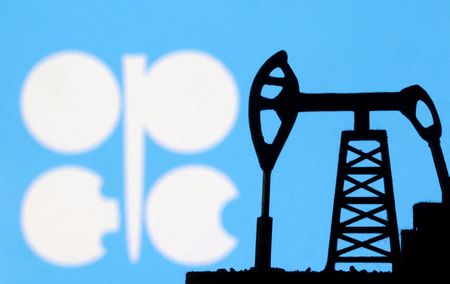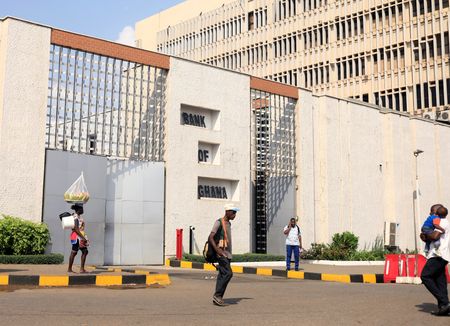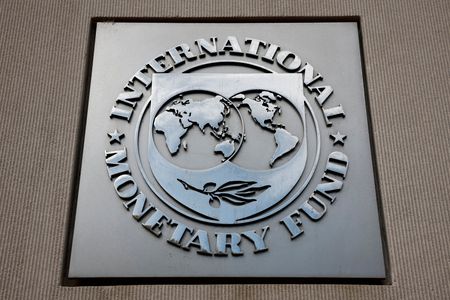By Sfundo Parakozov
JOHANNESBURG (Reuters) -South Africa’s commodity-backed currency was stronger against a weaker dollar on Friday, helped by higher gold prices as worries over the United States’ worsening fiscal health sent investors into the safe-haven asset.
At 1513 GMT, the rand traded at 17.88 against the dollar, about 0.7% stronger than Thursday’s closing level.
The dollar index was last trading down about 0.6% against a basket of currencies.
South Africa is a major producer of precious metals and the rand benefits from higher gold prices, which rose by more than 1% on Friday.
Domestic investor focus will mainly be on an interest rate decision by the South African Reserve Bank (SARB) next week. It cautiously held the rate in March citing inflationary risks from U.S. President Donald Trump’s global trade war and the country’s disputed national budget.
Since then, Trump has announced a 90-day pause on country-specific tariffs, South Africa’s inflation has fallen below the bank’s target range and the finance minister presented a revised budget abandoning an initial plan to raise value-added tax, the most contentious element in his two previous attempts.
“We expect rates to remain unchanged at 7.50% at the May meeting, in line with the U.S.’s latest decision,” Investec economist Lara Hodes said in a research note.
“However with inflation notably below the midpoint of the target range and the rand stronger than it has been in months, there is a possibility that the MPC committee could decide to cut rates by -25bp.”
On the stock market the Top-40 index was up 0.3%.
South African miners Gold Fields, Harmony Gold and AngloGold Ashanti last traded up about 3%. Sibanye Stillwater was roughly up 1% after reporting an accident at one of its mines, which left 260 miners trapped underground.
The company said so far 79 workers have been brought to the surface, with the National Union of Mineworkers (NUM) also confirming that there were no deaths or injuries reported.
The benchmark 2030 government bond remained firm, with the yield down 1 basis points to 8.885%.
(Reporting by Sfundo Parakozov; editing by Bhargav Acharya, Franklin Paul and Gareth Jones)

